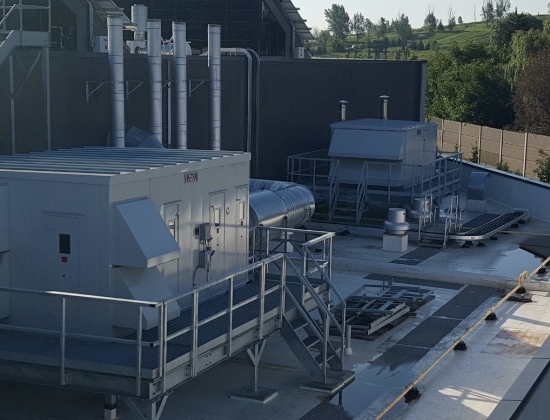Roofguard Warning Lines
Warning barriers and bump lines prevent falls by alerting workers to fall hazards. Warning barriers and bump lines should be set up around the work area at least 2 metres (6 feet 6 inches) from unprotected edges.
When a work area is enclosed by properly installed and maintained warning barriers or bump lines, work inside the area can be done without additional fall protection measures. But anyone outside the area who is working less than 2 metres from the edge must use approved fall protection.
Death of worker results in $100,000 fine for Ontario Company
The Company pleaded guilty to failing to ensure workplace safety standards were met, as outlined in the Ontario Occupational Health and Safety Act.
Companies are required to protect their workers with a guardrail system or another fall prevention method.
The Ontario man succumbed to his injuries and passed away less than two weeks later.
Do the right thing; protect your employees/company with a passive fall protection system.

Why RoofGuard Warning Line Systems are an Ideal Solution:
Your Perfect Solution Awaits!

- Baseplates – X shaped base
- Post – 42’ vertical pipe inserted in base plates to support cable and flags
- Cable – 500 lbs. breaking strength
- Flags – secured at no more than 6 ft intervals

- Dimensions: L101” x W31” x H66” (257 x 79 x 168 cm)
- Designed to be a temporary warning line system

- Quick set-up, modular, free-standing
- Cost effective systems for interior or exterior demarcation
- Durable galvanized components and uprights
- Requires NO penetration of the roof membrane, therefore no leaks down the road
- “Passive” fall protection system
- Provides site-specific coverage or provides full or partial perimeter coverage on a rooftop
- Can be utilized on a variety of applications from warning about upcoming roof edges to skylights

A guide to understanding fall protection regulations and why you need Rooftop Guardrail.
Frequently Asked Questions
When is fall protection required?
Employers must provide protection to prevent employees from falling. According to Canadian Centre for Occupational Health and Safety (CCOHS) laws, any surface 3 metres (10 feet) above another level requires fall protection. In most cases, fall protection is required when:
- other means of fall protection are not available or possible, such as guardrails
- working at a height of 3 metres or more (permanent and/or temporary work areas)
- working at a height of less than 3 metres when the surface below could cause a greater injury than just the fall (e.g., machinery; risk of drowning in water or other liquid; open tanks, vats, or pits containing hazardous materials; materials that can shift)
- a worker may fall through an opening in the work surface
- it is determined that fall protection is necessary
What is a warning line?
A warning line is a barrier such as rope, wire, or chain that warns workers they are approaching an unprotected edge of a roof, floor, or other work surface. RoofGuard Warning Lines include brightly coloured flags to mark off where the line is.
When are warning lines required?
Warning line systems are designed for accessing areas of a flat rooftop that are nearing the roof edge (but not within 2m) to provide a visual warning to workers that are approaching a hazard.
I don’t know if I need warning lines. Can Liftsafe Fall Protection help me decide?
For sure! Fall protection regulations can be tricky, so if you’re unsure whether a rooftop guardrail system is the right solution, we can help. Just click here to fill out the form with as much detail as possible and our team will get back to you as soon as possible for a complete consultation. You can also reach our team directly at:
Phone: 1-800-977-2005
Email: info@liftsafegroup.com
Do RoofGuard Warning Lines comply with current US/Canada safety regulations?
How can I purchase RoofGuard Warning Lines from Liftsafe Fall Protection?
It’s pretty simple. Click here to request a quote and our team will get back to you as soon as possible. Don’t forget to fill out the form with as much detail as possible so we can provide a precise quote. You can also reach our team directly at:
Phone: 1-800-977-2005
Email: info@liftsafegroup.com
How long does it take to install RoofGuard Warning Lines? Does it require any special tools or skills?
We strongly recommend that RoofGuard Warning Lines are installed by a trained installer to ensure proper installation and compliance with legislation. Systems come with an installation manual, engineered drawings and can be performed with one tool.
Do warning lines integrate with guardrail systems?
Yes. Warning lines will integrate with each applicable RoofGuard System to create fully compliant elevated areas for workers who are working at heights.
Do RoofGuard Warning Lines require drilled holes?
No. RoofGuard Warning Lines have been designed to be freestanding and require no rooftop penetration.
Can warning lines be used on a sloped roof?
Warning lines can only be used on a low sloped roof. There are also specific requirements for the type of work being performed on the roof.
RoofGuard Line of Products
Cost-effective working at heights safety solutions
Safe and reliable engineered fall protection solution
Meets or exceeds all OSHA and ANSI safety standards and regulations
Protects employees from injury or death from potential accidents working at heights
Reduces the potential for costly fines and high insurance premiums
All individual components are under 40 lbs
Reduces PPE and training requirements of staff and contractors
Simple and quick installations that require only one tool
ON THE LEADING EDGE OF SAFETY
The Hierarchy of Fall Protection Solutions
Elimination of Hazards
- Whenever possible, remove the fall hazard itself.
- If there is no fall hazard, there’s no fall.
Passive Systems
- Do not require the use of Personal Protective Equipment or active participation from the worker.
- Include Guardrails or Netting Systems.
- A preferred choice for its ease of use without the need for additional training and PPE.
Fall Restraint
- Uses personal fall arrest equipment (harness, lanyard, a. anchor point) to stop the user from reaching the edge.
- This type of ttying-offi p the user from falling in the first place.
Fall Arrest
- When all other solutions are infeasible.
- Fall arrest uses the same equipment as fall restraint but the fall protection equipment engages after the fall happens.
- When it engages, the equipment slows the workers descent, bringing them to a safe stop.
Fall Protection Guide
Check to see what federal & provincial regulations for working at heights and fall protection are and which RoofGuard systems help you comply.
Customer Service
Resources
Learn from the experts about safety topics related to working at heights, warehouse safety and ladder safety. Browse our resource library.
Liftsafe Fall Protection

Catalogue
Details about all of our RoofGuard systems can be found in our Liftsafe Fall Protection Catalogue along with safety statistics and other info.

Liftsafe Fall Protection
Supplier of Working at Heights Protection, Aviation Access Products, Netting Safety Systems and Engineering Services across Canada.

About Liftsafe
We focus on creating turnkey solutions that allow your employees to do their jobs safely while protecting your company.

